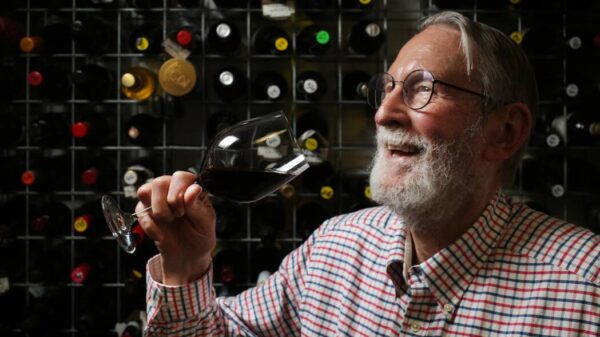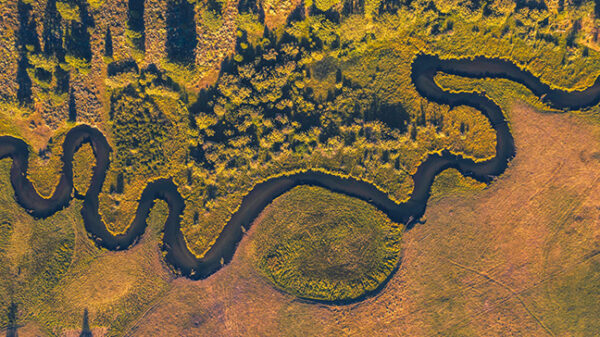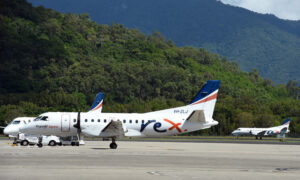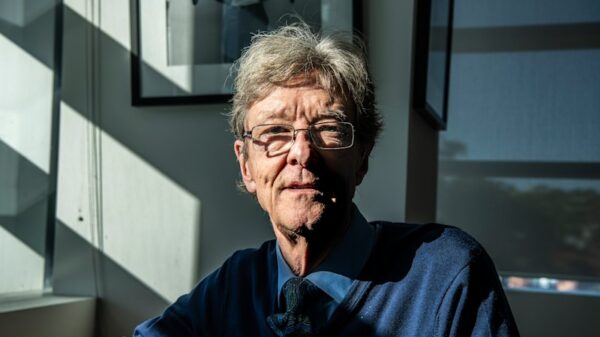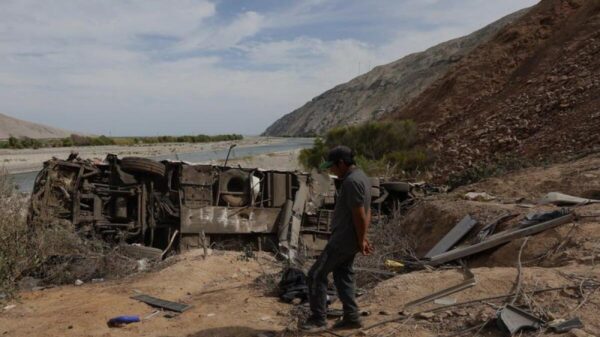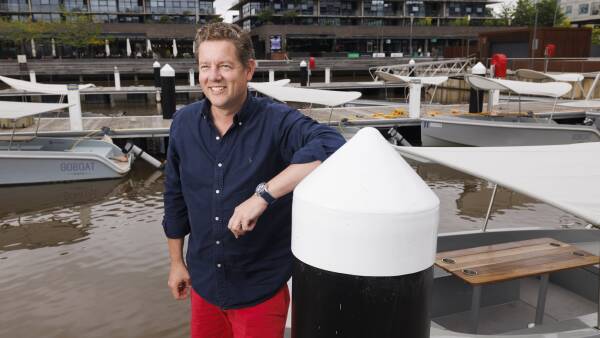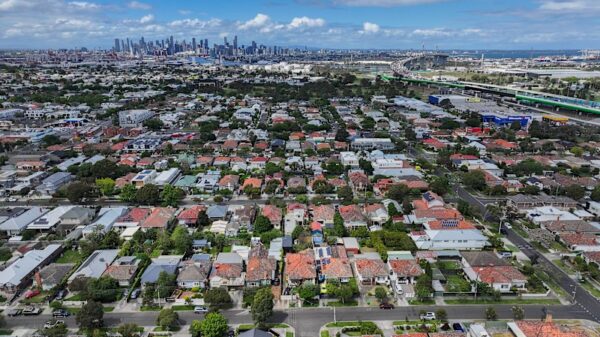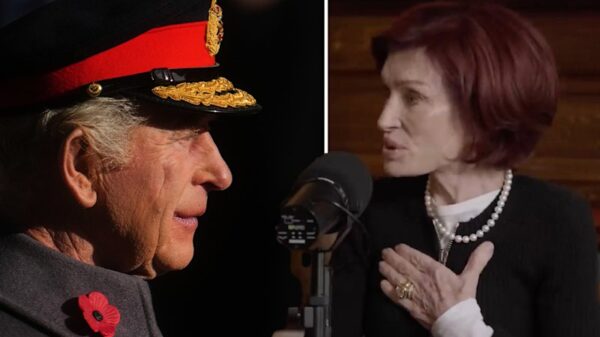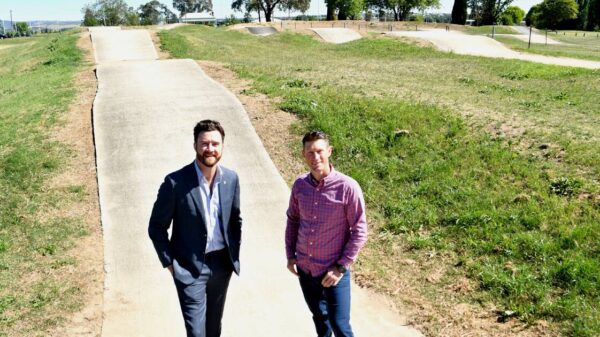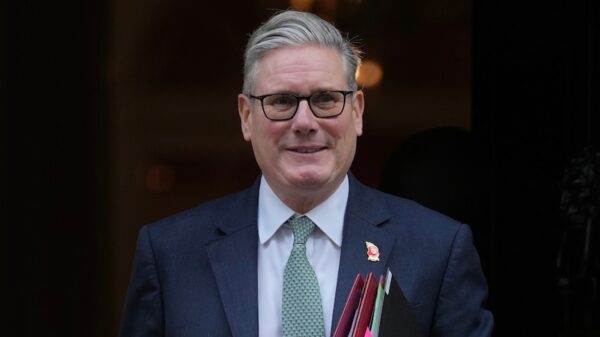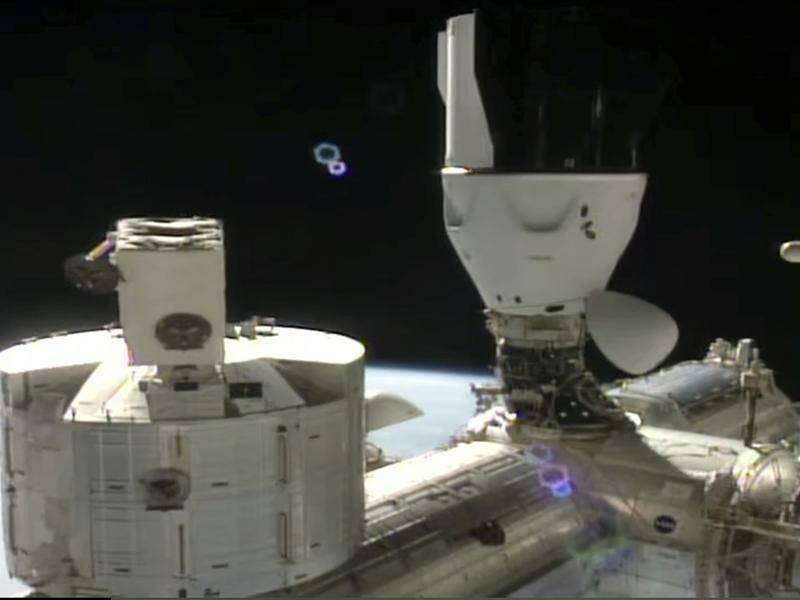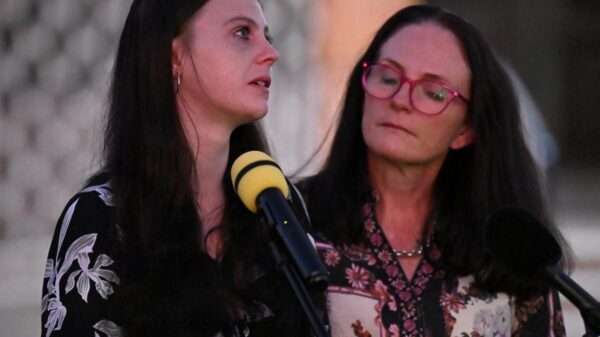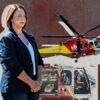SpaceX successfully transported a fresh crew to the International Space Station (ISS), completing the journey in an impressive 15 hours. The launch occurred on Saturday from NASA’s Kennedy Space Center in Florida, marking another milestone for the private aerospace company in its ongoing partnership with NASA.
The crew comprises four astronauts: Zena Cardman and Mike Fincke from the United States, Kimiya Yui from Japan, and Oleg Platonov from Russia. They are set to spend a minimum of six months aboard the orbiting laboratory, replacing a team that has been stationed there since March. SpaceX is scheduled to return the previous crew to Earth as early as Wednesday.
Upon docking, Fincke enthusiastically transmitted a greeting, saying, “Hello, space station!” This warm welcome included cold drinks and hot meals prepared for the arriving astronauts. The swift transit time, while remarkable, is still not the fastest on record; that title belongs to a Russian crew that made the journey in just three hours.
Some adjustments to crew assignments were necessary leading up to this mission. Cardman and another astronaut were removed from a 2024 SpaceX flight to accommodate two NASA astronauts, Butch Wilmore and Suni Williams, whose stay on the ISS was extended unexpectedly from one week to over nine months due to delays with the Boeing Starliner program. Meanwhile, Fincke and Yui shifted their focus from the Starliner mission, which remains grounded until 2026 due to technical issues.
Platonov’s inclusion in this mission followed a previous setback where he was removed from the Soyuz launch schedule due to an undisclosed illness. With this latest arrival, the population aboard the ISS temporarily rises to 11 astronauts.
As SpaceX continues to play a critical role in crew transportation, the efficiency of these missions reflects the increasing reliance on commercial spaceflight to support international space endeavors. The collaboration between SpaceX and NASA exemplifies advancements in space exploration and the growing potential for future missions beyond the ISS.

